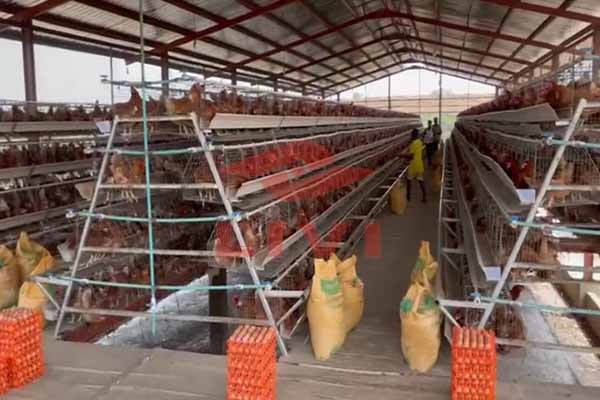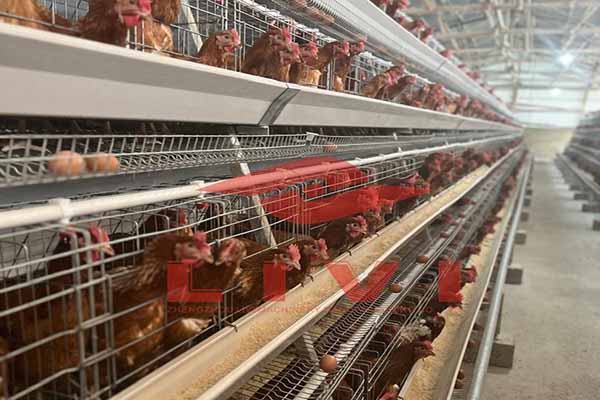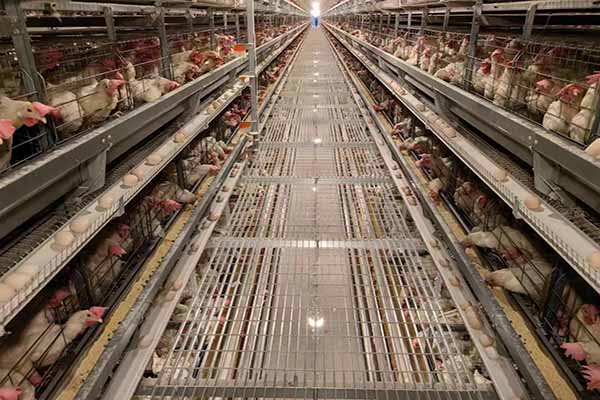
In recent years, Kenya's poultry industry has witnessed a remarkable transformation driven by technological innovation and sustainable farming practices. Among the most significant initiatives is the ambitious project to raise 60,000 egg-laying hens, utilizing the advanced Livi H-Type Layer Chicken Cages manufactured by Zhengzhou Livi Machinery. This project stands as a testament to how thoughtfully engineered poultry equipment can generate substantial social and economic benefits, fueling growth in local communities and improving food security. This comprehensive analysis explores the unique features of these cages and elucidates their profound societal impact within Kenya's commercial egg-laying sector.
The Kenyan government and private agribusiness partners have jointly launched this large-scale poultry breeding endeavor to enhance domestic egg production, reduce import dependency, and create jobs in rural areas. Targeting 60,000 layers, the project requires equipment that balances efficiency, durability, animal welfare, and scalability — criteria that the H-Type Layer Cage system meets with distinction.
Designed specifically for large-scale commercial egg production, the H-Type Layer Cage stands out with several cutting-edge features:

The application of Livi’s H-Type cages in the Kenya poultry project has already yielded measurable benefits:
These improvements translate into increased food affordability and availability, creating a positive ripple effect on local economies. Additionally, the automation and standardized environment foster healthier chickens with significantly reduced mortality rates, a key determinant for sustainability and profitability in poultry farming.

The success observed with Livi’s H-Type Layer Chicken Cage in Kenya serves as a replicable model for other emerging markets aiming to modernize their poultry sectors. Its adaptability and compliance with rigorous international standards ensure it meets evolving market demands while aligning with animal welfare concerns and environmental sustainability trends.
For stakeholders—from farm entrepreneurs and investors to government policymakers—this project exemplifies how integration of innovative equipment can unlock new levels of efficiency and profitability, while simultaneously uplifting community livelihoods.


